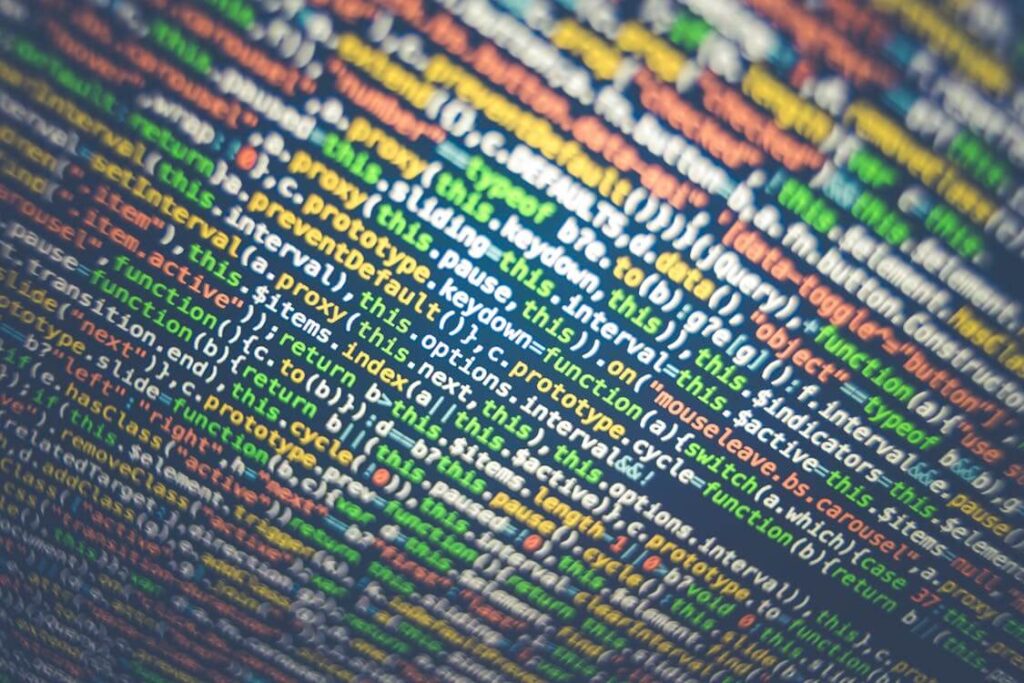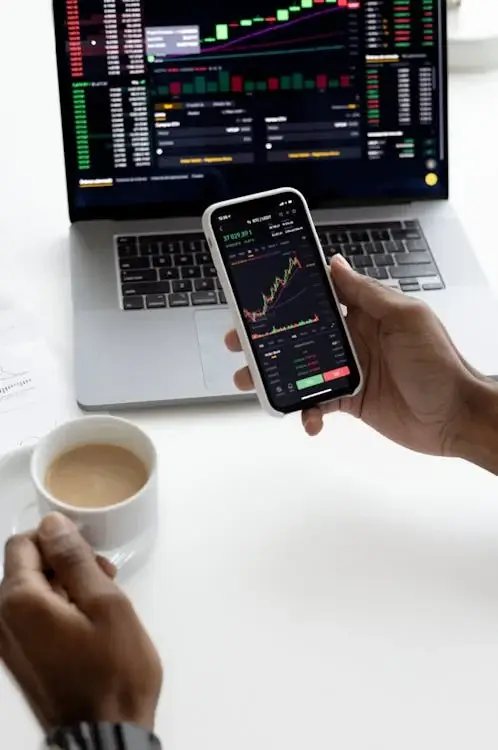Real-Time
The Invisible Engine Driving Our Digital World
What If You Could React to Life Before It Happens?

Imagine;
- If your car could predict traffic jams before you hit the road.
- Or your home could adapt its lighting and temperature instantly as you walk through the door.
This isn’t science fiction, it’s the reality of Real time technology.
It’s not just fast, it is:
- Immediate
- Intuitive
- Revolutionary
Introduction: What Is Real-Time?
- It refers to systems that almost instantly:
- Process data
- Provide results
- Real time systems have become the backbone of modern digital experiences;
- Whether it’s live sports updates
- Or, video conferencing
- Or, financial trading platforms
Real-Time vs Real-Time Data: Difference
Though often used together, the terms “real time” and “real time data”;
But they have distinct meanings:
Real-Time (General Concept)

Definition
Real time refers to any system or process that responds immediately or with minimal delay. It emphasizes instantaneous interaction or immediate processing as events happen.
Examples
- A live Zoom call (real time communication)
- An airbag deploying during a crash (real time mechanical response)
- A game that reacts instantly to your commands (real-time processing)
Key Focus
Responsiveness and timing, the system acts as things happen, not afterward.
Real-Time Data

Definition
Real time data is a specific type of collected, transmitted, and processed instantly. It reflects the current state of things, updated as events unfold.
Examples
- Livestock prices streaming on a trading app
- Real time traffic data on Google Maps
Health stats from a fitness tracker as you move
Key Focus
The freshness of data; the data is current, not historical or delayed.
Summary of Differences
| Aspect | Video call, live chat, and gaming | Real-Time Data |
| Type | A system/process behavior | A data characteristic |
| Focus | Instant response | Instant information |
| Involves | Processing speed and timing logic | Fresh, constantly updated data |
| Example | Video call, live chat, gaming | Stock tickers, live metrics, sensors |
In short:
Real time is the how (the system acts immediately).
Real- ime data is what (the info being acted upon is instantly available.
The Real-Time Revolution: Step-by-Step Impact and Applications
1. Real Time in Communication
Remember the days of waiting for emails?
- With real-time messaging tools like Slack, Teams, or WhatsApp, responses are instant.
- Meetings are seamless via Zoom or Google Meet.
You don’t just communicate; you interact.
2. Real Time in Business Analytics
- Real time analytics empowers businesses to make split-second decisions.
- Retailers adjust pricing on the fly, and marketers fine-tune campaigns instantly based on live performance metrics.
Analogy: It’s like driving a car with live GPS instead of an old paper map. One helps you adjust; the other leaves you guessing.
3. Real Time in Healthcare
- Wearable devices monitor vital signs and send data in real-time to doctors.
- Enabling proactive care and emergency response.
4. Real Time in Smart Homes
- IoT devices create responsive living spaces.
- Think of Nest thermostats or Ring doorbells.
- You control and monitor everything as it happens.
5. Real Time in Financial Markets
- Traders rely on real-time data to make or break investments.
- One millisecond could mean a fortune lost or gained.
How to Implement Real-Time Tech in Your Life
Step 1: Identify Your Need
- Business insights?
Use tools like Google Analytics Real-time.
- Communication?
Opt for Slack or Discord.
- Smart living?
Consider home automation kits.
Step 2: Choose the Right Tools
- Real time analytics
- Tableau
- Microsoft Power BI
- Communication
- Zoom
- Google Meet
- Slack
- Monitoring
- Datadog
- Splunk
- Collaboration
- Notion
- Figma
- Trello with live sync
Step 3: Ensure Connectivity
- Stable, high-speed internet is non-negotiable.
- Invest in strong Wi-Fi or 5G solutions.
Step 4: Learn and Iterate
- Start small and expand.
- Use dashboards, analyze feedback, and upgrade tools regularly.
FAQs related to Real-Time

Q1: Are the real time and live data the same data?
Almost these are the same. Real-time is processed instantly; live data may involve a slight delay.
Q2: Are real time tools expensive?
Not necessarily. Many tools offer free versions or affordable pricing plans.
Q3: What are the risks of real time technology?
Security and data overload are key concerns. Use encryption and filters.
Q4: Does real time analytics benefit small businesses as well?
Yes, they can:
- Make faster decisions
- Adapt to trends
- Improve customer service
Conclusion and CTA: Every Second Counts

- Real time isn’t just a tech buzzword;
It is the pulse of our evolving world.
- Whether you’re a business owner, a remote worker, or a tech enthusiast;
Using real time technologies can radically improve your:
- decision-making
- Efficiency
- Quality of life
Read bout advanced Science and Technology practices
Share your experience in the comment box.
“How has real-time technology shaped your journey?”







